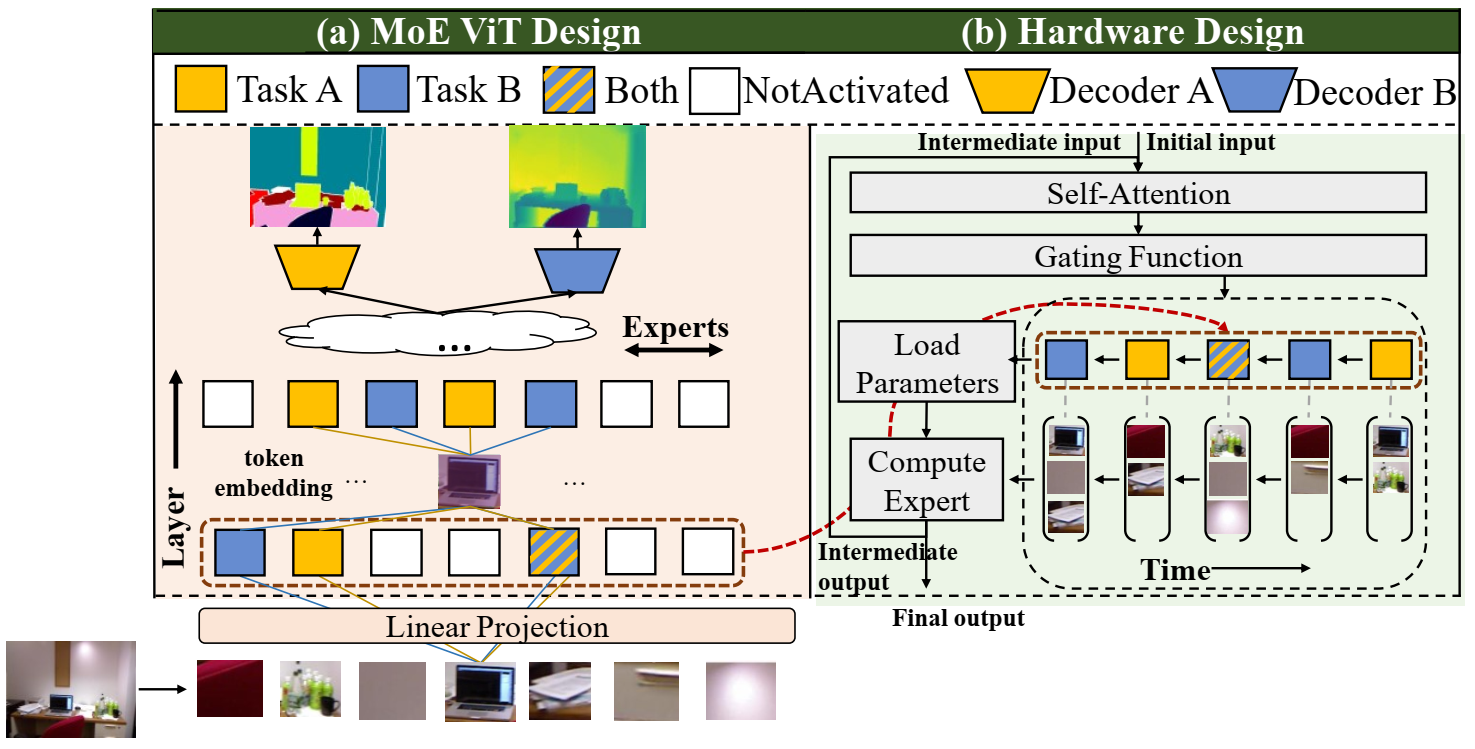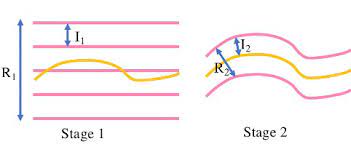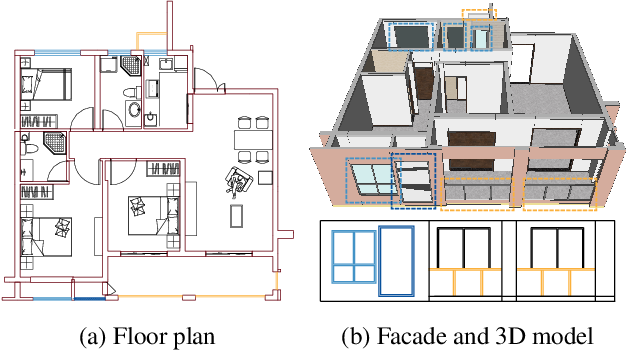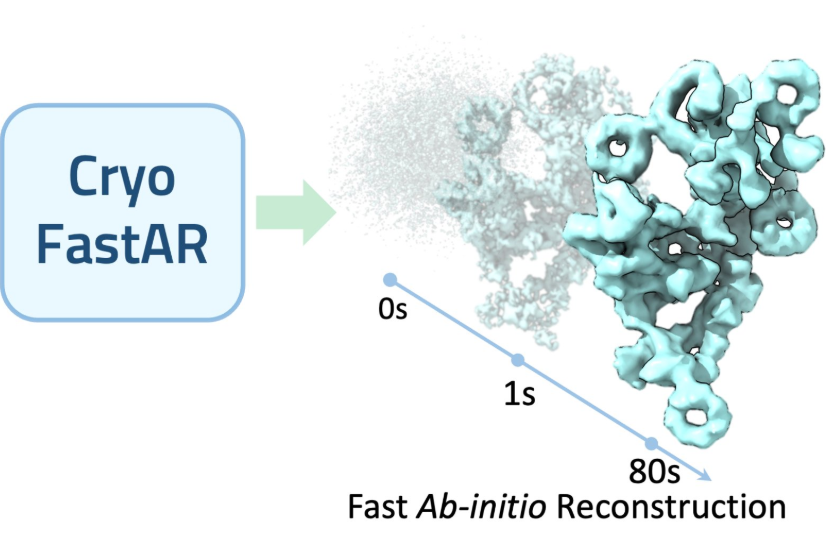About Me
I am an Assistant Professor in the Department of Electrical and Computer Engineering at Texas A&M University. I'm recruiting highly motivated students for fully funded Research Assistantships and internship opportunities. Please email your resume to apply.
Recent News
- Our paper VideoLifter received the Best Paper Award at CVPR 2025’s AI for Content Creation Workshop.
- We are organizing End-to-End 3D Learning workshop at ICCV 2025.
- I will serve as the Area Chair for NeurIPS 2025.
- Our ICLR'25 (4K4DGen) is selected as spotlight presentation.
- Our NeurIPS'24 (LightGaussian) is selected as spotlight presentation.
- Our Symbolic Visual RL was accepted by IEEE Trans. PAMI.
- Our IROS'24 (Multi-modal 3DGS SLAM) is selected as oral pitch finalist presentation.
- Our CVPR'24 (Feature-3DGS) is selected as highlight presentation.
- Our CVPR'23 (NeuralLift-360) is selected as highlight presentation.
- I was one of the awardees of the Qualcomm Innovation Fellowship (North America) 2022 (QIF 2022). Innovation title: "Real-time Visual Processing for Autonomous Driving via Video Transformer with Data-Model-Accelerator Tri-design".
- We won 3rd place in the University Demo Best Demonstration at the 59th Design Automation Conference (DAC 2022). We demo for a multi-task vision transformer on FPGA.
- Our CVPR'22 (CADTransformer) is selected as oral presentation.
- Our paper for CVPR'20 (Cascade Cost Volume) is selected as oral presentation.
Researches Interests
My research has been demonstrated on platforms such as Quest 3, implemented within IARPA projects, and integrated into multiple commercial products.
Selected Publications
Full publication list at Google
Scholar
* denotes equal contribution, † denotes project lead.
3D Modeling
3D VLMs
3D AIGC
3D Human
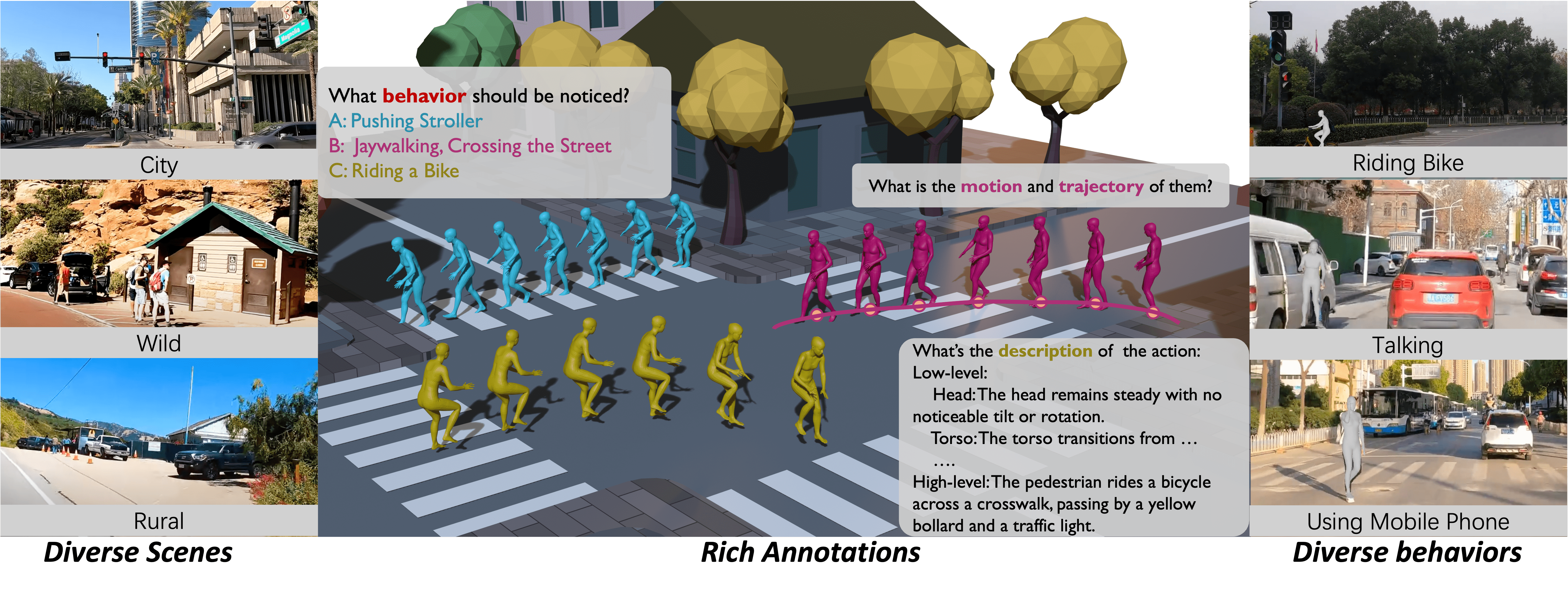
MMHU: A Massive‑Scale Multimodal Benchmark for Human Behavior Understanding in Autonomous Driving
Submitted
Inverse Problems
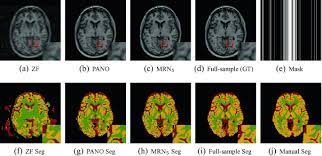
Others
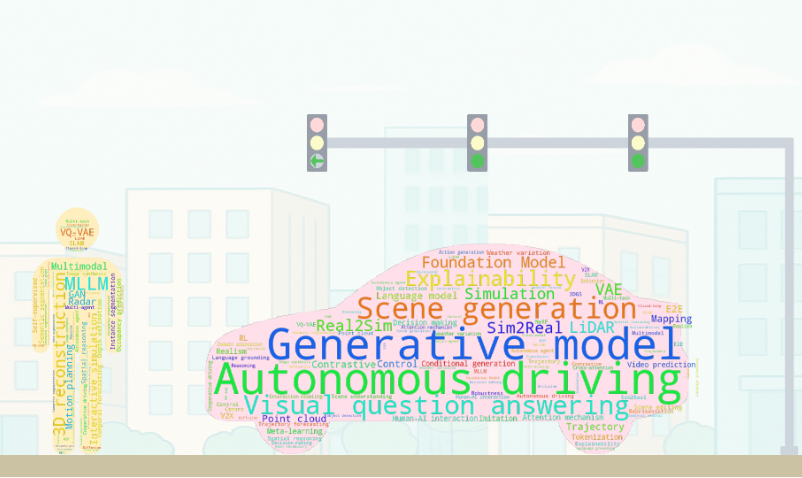
Invited Talks
-
Real-Time Spatial Intelligence @ Meta. June 2025.Scalable 3D/4D Assets Creation @ Duke. November 2024.E cient 3D Learning for Autonomous System @ UNC, Guest Lecture. November 2024.Empowering Machines to Understand 3D @ Stanford, ASU, JHU, Yale. October 2024.3D Computer Vision @ TAMU, Guest Lecture. October 2024.From Efficient 3D Learning to 3D Foundation Models @ UCLA and CalTech. October 2024.Towards Universal, Real-Time 3D Construction and Interaction @ TAMU AI Lunch. October 2024.Spatial Intelligence via Reconstruction, Distillation, and Generation @ Shanghai AI Lab. July 2024.Streamlined 3D/4D: From Hours to Seconds to Millisecond @ Google Research, VALSE Webinar . May 2024.Streamlined 3D/4D: From Hours to Seconds to Millisecond @ Google Research. May 2024.Real-Time Few-shot View Synthesis w/ Gaussian Splatting @ IARPA WRIVA Workshop. April 2024.Data-efficient and Rendering-efficient Neural Rendering @ IFML Workshop on Gen AI. November 2023.Unified Implicit Neural Stylization @ Xiamen University; Kungfu.ai. July 2022.
Experience
-
Meta, Reality Lab, Burlingame:Research Intern (year of 2024).
-
NVIDIA Research (remote):Research Intern (year of 2024).
-
Google AR, San Francisco:Research Intern (year of 2022).
-
Alibaba Group, Hangzhou:Senior Algorithm Engineer(2019 - 2021).
Services
-
Area Chairs:NeurIPS.
-
Journal Reviewers:TPAMI, TIP, IJCV, Neurocomputing.
-
Conference Reviewers:NeurIPS, ICLR, ICML, CVPR, ICCV, ECCV.
Student Mentoring
- Kevin Wang (Undergraduate Student @ UT Austin → PhD Student @ UT Austin)
- Hanxue Liang (Graduate Student @ ETH → PhD Student @ Cambridge)
- Renjie Li (Graduate Student @ Tsinghua → PhD Student @ TAMU)
- Chenxin Li (Graduate Student @ XMU → PhD Student @ CUHK)

